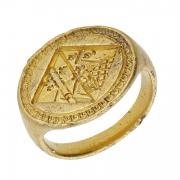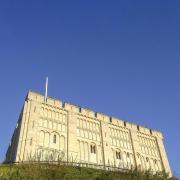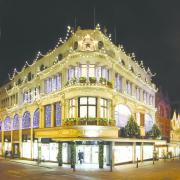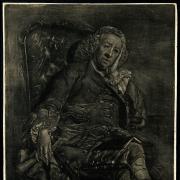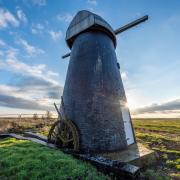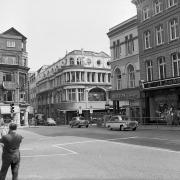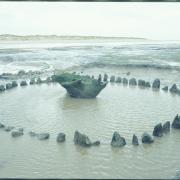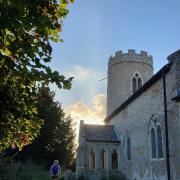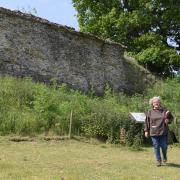New figures taken from government data on treasure finds have shown that X marks the spot squarely in Norfolk. Since 2012, Norfolk has placed first for discovering the most buried treasure across the country, as Tom Castle reports.
Some 917 discoveries were made in the last nine years, approaching double the amount of the closest competition – auspiciously, second place went to Suffolk who trail with just 581 for the same period. East Anglian dominance was also strengthened by Essex’s third place.

Snettisham is one of the county’s most lucrative treasure sites, with an astonishing collection collectively known as the Snettisham treasure. At least 12 different hoards have been uncovered in the last 60 years with a wide range of predominantly Iron Age artefacts from approximately 100 to 60BC.
In total, an astonishing 40kg of intricately fashioned pieces of gold, silver, and bronze have been documented in those six decades – it is the largest collective deposit of such items found in Europe.
Another of Norfolk’s most fruitful sites is Thetford, where 78 items were uncovered by metal detectorists in 1979. 44 pieces of jewellery, 33 silver spoons, and a shale jewellery box were found, dating back almost two centuries to approximately 390AD.

The treasure is Roman, with a large amount of the pieces showing some connection to members of the Roman pantheon including Bacchus, Faunus, and Diana.
Given the county’s plentiful history for the Indiana Jones wannabes of the area, we’ve brought together our five favourite finds that have contributed to Norfolk’s top spot as treasure capital of Britain.

1 Snettisham treasure, January 2014 - March 2015: One of the notable recent additions to the collection is a set of 75 Iron Age coins. 40kg of gold, silver, and bronze found over the years include incredible pieces like the Great Torc and can be seen at the British Museum and Norwich Castle Museum.
2 Quidenham Roman coins, July 2010: 150 ancient Roman coins were found on farmland in Quidenham. The coins bear the image of the Roman Emperor Constantine I and date them back to the late 4th and early 5th century, and therefore during the final days of Roman rule in Britain.

3 Alby with Thwaite Saxon treasure, September 2018: This treasure is an early Saxon gold pyramidal mount, set with multiple garnets on each face. While the purpose of the mount is not known for certain, the prevailing theory is that they served as decorative pieces to secure swords in their scabbards.
4 Wicklewood sword pommel, September 2018: Five fragments of a silver-gilt sword pommel were discovered in Wicklewood, near Wymondham, by sheer coincidence on the same day as the Alby with Thwaite treasure. It was also believed that the pieces could be part of an artefact already being exhibited at the British Museum.
5 Beetley silver vervels, October 2018: Vervels are also known as hawking rings and were used to tether birds of prey. The pieces found in Beetley, near Dereham, were silver rings that would have been attached to leather straps used to tether falcons and have been dated back to between 1585 and 1638. They are currently on display at Norwich Castle Museum.





